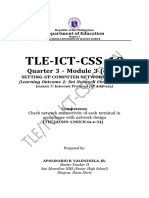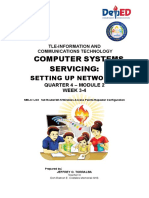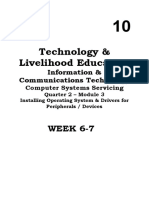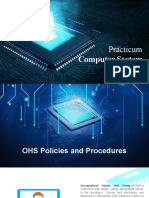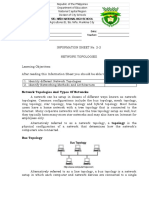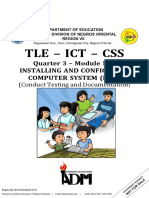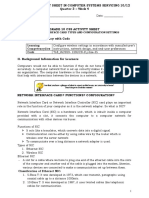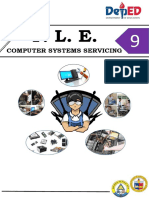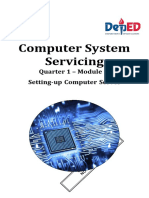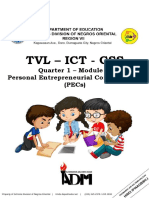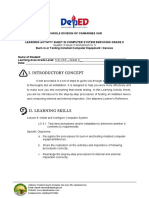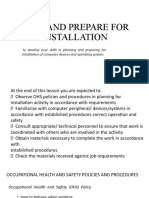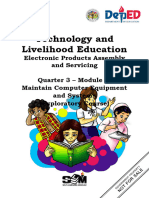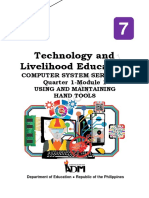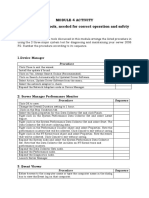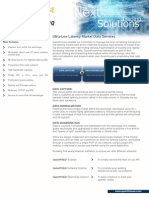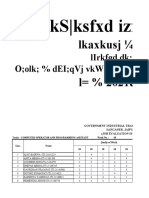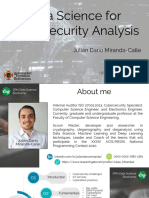100% found this document useful (1 vote)
1K views27 pagesTle10 Ict Css q3 Mod1 Computermaintenance v4
Uploaded by
LOUELLA JANE MARTINEZCopyright
© © All Rights Reserved
We take content rights seriously. If you suspect this is your content, claim it here.
Available Formats
Download as DOC, PDF, TXT or read online on Scribd
100% found this document useful (1 vote)
1K views27 pagesTle10 Ict Css q3 Mod1 Computermaintenance v4
Uploaded by
LOUELLA JANE MARTINEZCopyright
© © All Rights Reserved
We take content rights seriously. If you suspect this is your content, claim it here.
Available Formats
Download as DOC, PDF, TXT or read online on Scribd
/ 27


